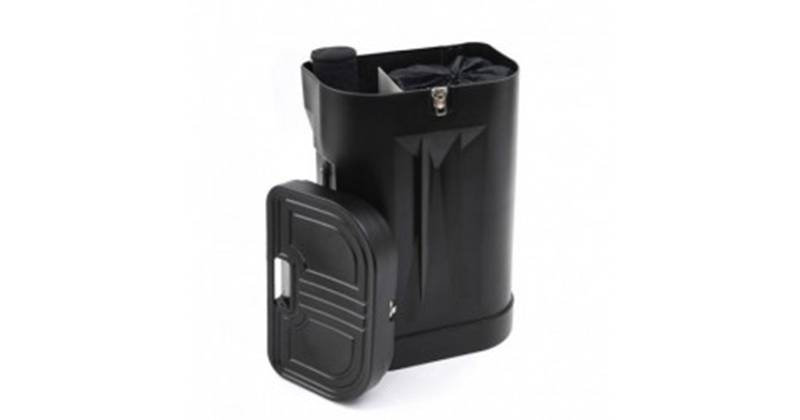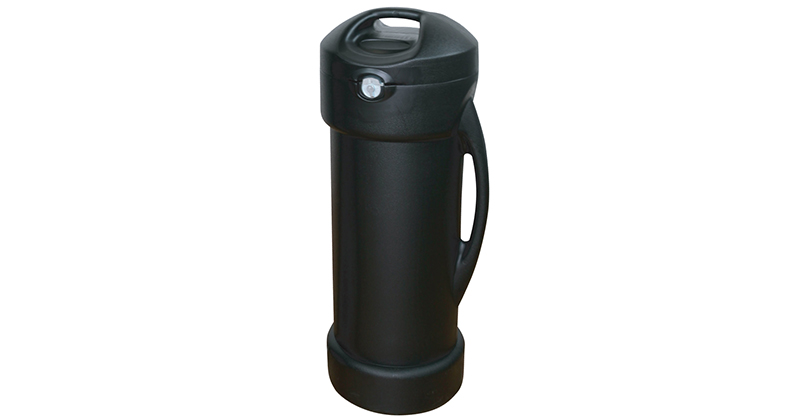Shipping Tips for Large Format Graphics
Large format (or also called wide format) graphics can take your event to the next level.
These graphics can transform dull, boring rooms to dynamic and eye-catching focal points. They are an important visual part of any event and can be an expensive investment. Transporting and storing these graphics is just as important as setting them up. Here are a few tips and tricks to transporting and storing your graphics, as well as preventing them from getting damaged.
Choosing a Quality Printer
Finding a good printer can be almost as stressful as buying a car. Finding a printer you can trust to transform your ideas into beautifully printed graphics is crucial to any successful event. Often times projects can change and you will have to meet tight deadlines. You need to feel confident in your printer to get your large format graphics printed right the first time.
Keeping Your Printer Informed
Having clear communication with your print vendor is extremely important. Talk with your print vendor about your project and the timeline. Be sure to include the type of environment the graphics will be displayed in so the printer will get a better understanding of how to transport the graphics to you. If the graphics will be reused, they will be able to suggest storage options to keep your graphics looking great and staying protected after your event.
Plan Ahead
Having a plan will not only save you from having damaged graphics, it will also save you money. Shipping graphics last minute will often cost you much more than if you had shipped it in advance, and your options are often limited. Always make sure your shipment is trackable so you know where the graphics are at any given moment.
Packing It Up
Whether your shipping a small grasshopper banner or a large SEG, having the graphic packed up properly and safely will put your mind at ease. You need to consider the type of material you are shipping, and how it might be affected by moisture, heat, or cold. Certain type of vinyls can warp or become brittle when getting too hot or exposed to certain environments. You want to make sure your graphics are protected, especially if they are sitting on a truck or being transported longer than a few days.
Generally, you want to store your graphic in a way that you can unpack it and have it be ready to go. Fabric graphics can often become wrinkled and you may not have the time nor options to steam the graphic before your event. Rolling your fabric and vinyl graphics is a good way to prevent damage and keeping it smooth and unwrinkled.
Containers
Hard plastic containers are one of the best ways to keep your graphics protected during transit. They come in various shapes and sizes and can withstand harsh environmental elements. Hard plastic containers often have wheels and retractable handles to easily move your graphics from one area to another. Hard cases can be expensive, but not nearly as expensive as having to reprint graphics last minute due to damage during transit.
Most large graphics that come with stands such as a Grasshopper display often come with a soft, semi-rigid case. While this is convenient to store and often weighs less than a hard plastic container, it can still get damaged if something were to fall on it or if the case were handled in a rough manner.
Labeling
It is generally a good idea to label your containers with it’s contents. When you are at an event, it’s good to have a plan and system down when dealing with multiple graphics and possibly multiple locations. When labeling your containers for an event, you should include: Your company name & info, event name, your name or the main point of contact, contact number, name of graphic, type of graphic, room or location of the graphic and date of event. Color-coding boxes is also a great way to quickly identify a graphic or a location of the graphic.




